Institute of Development, Aging and Cancer, Tohoku University
4-1 Seiryo-machi, Aoba-ku
Sendai-shi, Miyagi-ken
Japan 〒980-8575
Phone: +(81) 22-717-8443
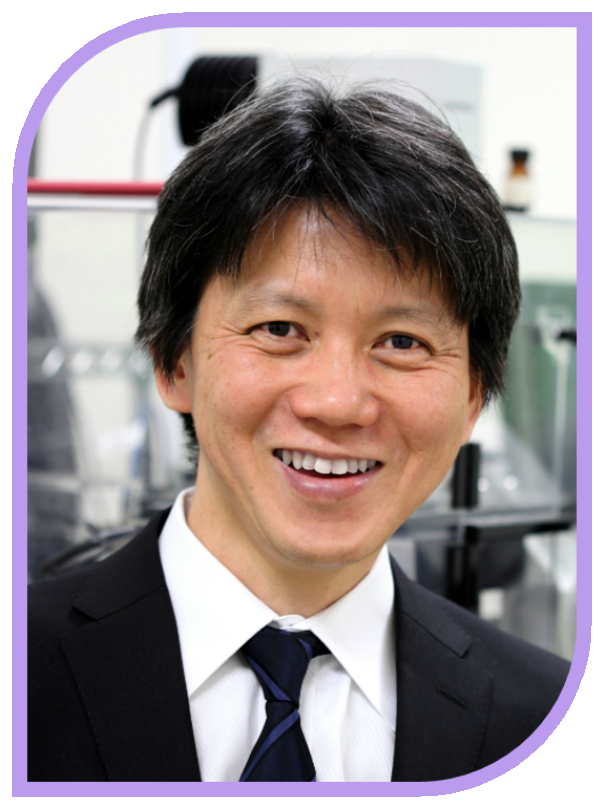
The average life expectancy in Japan has increased by more than 30 years since the end of World War II, and we are now able to live almost twice as long as we did 100 years ago. On the other hand, in a super-aging society where 30% of individuals are 65 years and above, various medical and social problems associated with aging start to become apparent. Thus, we have set the realization of a smart aging society as a goal to deal with these obstacles, in which "smart aging" means the intellectual maturity of individuals and society by wisely coping with the changes from aging.
In order to elucidate the basic mechanisms of aging from birth to development, maturation, aging and death, the Institute of Development, Aging and Cancer (IDAC) conducts research from gene and cell research using molecular biological techniques as well as organismal-level research through animal experiments and multi-layered medical human subject research. Through these studies, we aim to overcome intractable cancers and prevent dementia. In addition to the three areas of research (Aging Science, Cancer Science and Brain Science), IDAC also incorporates the Center for Environmental Response and Aging, Pre-Clinical Research Center, Brain MRI Center, Small Animal MRI Center for Research Use with Technical Advantage and the Cell Resource Center for Biological Research. Moreover, we are also working closely with the Smart Aging Research Center (S.A.R.C.), which aims to realize a dementia-free society and the Cognitive Neuroscience Application Center, which aims to translate cognitive neuroscience into society. Lastly, IDAC has been certified as a research center for aging medicine by Japan’s Ministry of Education, Culture, Sports, Science and Technology (MEXT), to realize healthy longevity in a super-aging society.
Responding to a rapidly aging society is recognized as a common issue for all countries, especially developed nations. Our ultimate goal is the realization of a smart aging-society and we aim to become a world-leading research center for managing a super-aging society.
-Kozo TANAKA, Director of IDAC
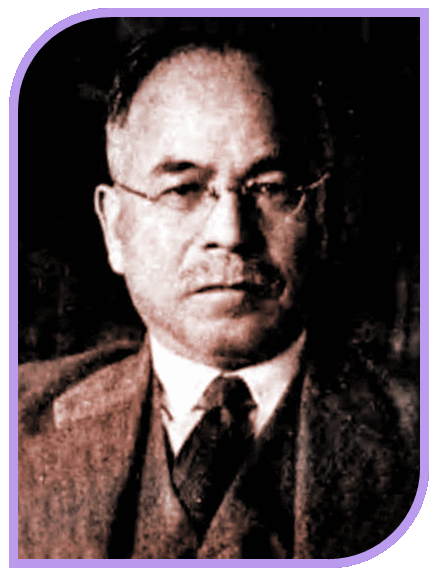
July 19, 1880 - February 19, 1962
Scientist and Doctor of Internal Medicine
President, Tohoku University
Director and Founder, the Research Institute for Tuberculosis and Leprosy
Advisor, Chiba Institute of Technology
Awarded 2nd place for the Order of the Rising Sun
Professor Kumagai was born and raised in Shiojiri, Nagano. After earning his doctorate in Internal Medicine from the Tohoku Imperial University School of Medicine, he attended the University of Berlin, Germany, from 1911-1913 to study immunology, experimental therapeutics, and medical chemistry. After returning to Japan, he began his research on insulin usage to combat diabetes and tuberculosis, especially with BCG. Shortly thereafter, he founded the Research Institute for Tuberculosis and Cancer, which is known today as IDAC.
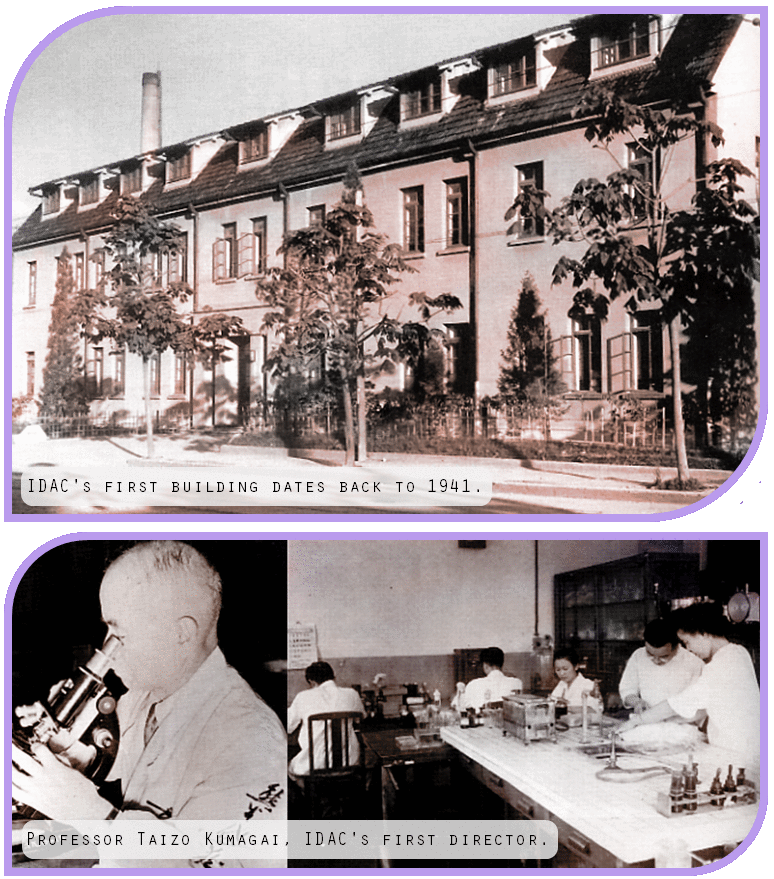
The Research Institute for Tuberculosis and Cancer (formerly the Research Institute for Tuberculosis and Leprosy), was founded in 1941 by the late professor Taizo KUMAGAI as its director. At the time the Institute was established, it was the second Research Institute of Tohoku University with the purpose of overcoming leprosy and tuberculosis, with departments in three different disciplines: Internal Medicine, Leprosy and Pathological Anatomy.
In 1944, three more departments were added, namely Bacteriology, Biochemistry and Pharmacology. A few years shortly thereafter, the Departments of Surgery and Pediatrics were added in 1950 and 1953. Since then, the area of research has been widened to cover both fundamental and clinical oncology. The practical knowledge and expertise acquired during almost two decades of tuberculosis research was then applied to the study of cancer. As a result, the Department of Lung Cancer was established in 1958 and the Department of Cancer Chemotherapy in 1962.
After several years of in-depth research, an informal committee of professors from the Institute declared a new ambitious program on cancer research in August 1966. Since then, a number of cancer research projects have been subsidized by the Ministry of Education, Science, Sports and Culture, together with other Ministries of the Japanese Government. Subsequently, the Department of Radiology was established in 1967 and the Department of Clinical Cancer Chemotherapy in 1969.
Due to a growth in research facilities and staff, the Institute took another great leap forward in July 1977, when it moved from the Hirose-machi area to its present site located in Seiryo-machi. During the transition, the Department of Leprosy was replaced by the Department of Immunology, and the Department of Microbiology (formerly the Department of Bacteriology), was reorganized as the Department of Cell Biology. Two years later, the Department of Medical Engineering and Cardiology was established in 1979.
The Institute’s long history was marked by another milestone when the Tumor Cell Repository attached to the Institute was inaugurated in 1984 in order to meet the demand of researchers throughout Japan and the world. By this time, the Institute comprised of thirteen Departments, a Cancer Cell Repository, an Animal Laboratory for Tumor Research, and a Radioisotope Laboratory. Almost a decade later in 1993, the establishment was renamed as the Institute of Development, Aging and Cancer (IDAC) to reflect its commitment to Smart-Aging research. At this point in IDAC’s modest history, the Institute consisted of five Divisions: Gene Research, Developmental Biology and Medicine, Organ Pathophysiology, Cancer Control and Brain Sciences, including sixteen departments with full research facilities.
In 1997, the Cancer Cell Repository was converted to a Cell Resource Center for Biomedical Research, and the Genome Research Center was founded in 2004. Five years later, the Ministry of Education, Culture, Sports and Science officially recognized IDAC as a Research Center for Aging and Cancer in 2009. In December 2018, the Department of Cognitive Health Science was established; and in addition, the Department of Metabolic Bioregulation in January 2019. The Institute is often abbreviated and called “Kareiken” in Japanese.

| DEPARTMENT | FACULTY |
|---|---|
| Dept. Gene Expression Regulation | Prof. Hozumi MOTOHASHI |
| Dept. Experimental Immunology | Specially Appointed Prof.(Research) Toshiyuki TAKAI |
| Dept. Immunobiology | Prof. Koetsu OGASAWARA |
| Dept. Modomics Biology and Medicine | Prof. Fan-Yan WEI |
| Dept. Integrative Bioanalytics | Associate Prof. Shinpei KAWAOKA |
| Dept. Aging Biology | Prof. Shinpei KAWAMOTO |
| Dept. In Silico | Prof. Kengo KINOSHITA |
| DEPARTMENT | FACULTY |
|---|---|
| Dept. Molecular Oncology | Prof. Kozo TANAKA |
| Dept. Cancer Biology | Prof. Natsuko CHIBA |
| Dept. Thoracic Surgery | Prof. Yoshinori OKADA |
| DEPARTMENT | FACULTY |
|---|---|
| Dept. Functional Brain Imaging | Prof. Ryuta KAWASHIMA |
| Dept. Human Brain Science | Prof. Motoaki SUGIURA |
| Dept. Aging Research and Geriatric Medicine | Prof. Yasuyuki TAKI |
| Dept. Integrative Physiology | Associate Prof. Akiko SATO |
| Dept. Cognitive and Behavioral Neuroscience | Associate Prof. Chihiro HOSODA |
| DEPARTMENT | FACULTY |
|---|---|
| Cell Resource Center for Biomedical Research | Prof. Koetsu OGASAWARA |
| DEPARTMENT | FACULTY |
|---|---|
| Dept. Medical Engineering and Cardiology | Prof. Yoshinori OKADA |
| Dept. Biomedical Measurements | Prof. Yoshifumi SAIJO |
| Dept. Respiratory Engineering | Prof. Yoshinori OKADA |
| DEPARTMENT | FACULTY |
|---|---|
| Laboratory of Oxidative Stress Response | Prof. Hozumi MOTOHASHI |
| Laboratory of Nucleic Acid Modification and Damage Response | Prof. Kozo TANAKA Prof. Fan-Yan WEI, Prof. Natsuko CHIBA |
| Laboratory of Immunological Response | Prof. Koetsu OGASAWARA |
| Laboratory of Mental Stress Response | Associate Prof. Akiko SATO |
| Laboratory of Integrated Bioinformatics | Associate Prof. Shinpei KAWAOKA |
| DEPARTMENT | FACULTY |
|---|---|
| Brain MRI Center | Prof. Motoaki SUGIURA |
| DEPARTMENT | FACULTY |
|---|---|
| Small Animal MRI Center for Research Use with Technical Advantage | Prof. Kozo TANAKA |

| DEPARTMENT | FACULTY |
|---|---|
| Laboratory Animal Resources | Prof. Koetsu OGASAWARA |
| Center of Research Instruments | Prof. Fan-Yan WEI |
| Public Relations and Information Office | Prof. Kozo TANAKA Prof. Motoaki SUGIURA |
| FELLOW | NAME |
|---|---|
| IDAC Fellow | Akira YASUI |
IDAC is one of the most distinguished research institutes in the world for brain imaging with its advanced imaging facilities and large scale brain image databases that brings IDAC to the forefront of brain research.
The Cell Resource Center for Biomedical Research was established to collect, control, and distribute various human and animal cancer cells, while providing an extensive database for researchers worldwide. Cell lines include transplantable animal cell lines, such as the Yoshida sarcoma and rat ascites hepatoma (AH series), as well as human cell lines such as the murine and hybridoma cells.
| Equipment | Function | Manufacturer |
|---|---|---|
| LAS4000mini | Quantitative Imaging of Gels & Blots by Chemiluminescence | GE Healthcare |
| FLA-7000 | Laser Scanner. Fluorescence, IP, and Digitization | GE Healthcare |
| ABI PRISM 310 | Genetic Analyzer | Applied Biosystems |
| ABI 3130 | Genetic Analyzer,4-capillary | Applied Biosystems |
| ABI 3130xl | Genetic Analyzer,16-capillary | Applied Biosystems |
| LSM5 PASCAL | Confocal Laser Scanning Microscope | Carl Zeiss |
| BIACORE2000 | Bio-Molecular Interaction Analysis | GE Healthcare |
| DU 640 | UV/VIS Spectrophotometer | BECKMAN |
| SpectraMax M2e | Microplate Reader | Molecular Devices |
| Lmax II 384 | Luminometer | Molecular Devices |
| OPT Scanner 3001 | Optical Projection Tomography | Medical Research Council Technology |
| BR-3000L | Bioshaker | TAITEC |
| Cytomics FC500 | Flow Cytometry Systems, 5-color Analysis | BECKMAN COULTER |
| EPICS ALTRA | Flow Cytometry Systems, Hyper Sort Cell Sorting System | BECKMAN COULTER |
| MC10000 | Wide Format Printer | EPSON |
| iPF8300 | Large-Format Inkjet Printer | CANON |
| CFX96 | Real-Time PCR | BIO-RAD |
| AVIZO | High Performance 3D Visualization Software | VSG |
| CS150GX | Micro Ultra Centrifuge | Hitachi Koki |
| CM1900 | Disinfecting Cryostats for Sectioning | LEICA |
| BZ-9000 | Fluorescence Microscopy | KEYENCE |
| HA-320RS | Laminator(Pouch) | MEIKO SHOKAI |
| CP65 β | Ultracentrifuge | Hitachi Koki Co., Ltd. |
| 4D-Nucleofector | Transfection | Lonza |
| IVIS Lumina II | Quantitative Fluorescent and Bioluminescent Imaging in Vivo | SPI (Caliper Life Sciences) |
| FV1000MPE | Multiphoton Laser Scanning Microscope | OLYMPUS |
IDAC is always on the look-out for talented individuals who excel in their area of study and are able to find practical applications for their research. If you would like to join us for your future endeavors, please choose your area of interest to find out more about what we do and what we have to offer.
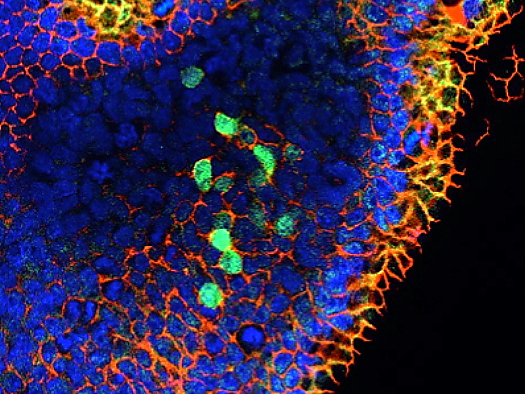 Mechanisms of Aging |
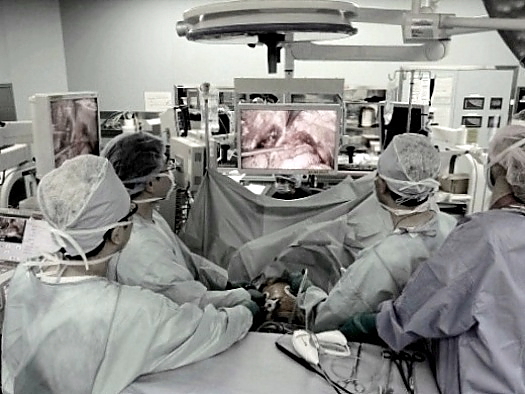 Overcoming Intractable Cancers |
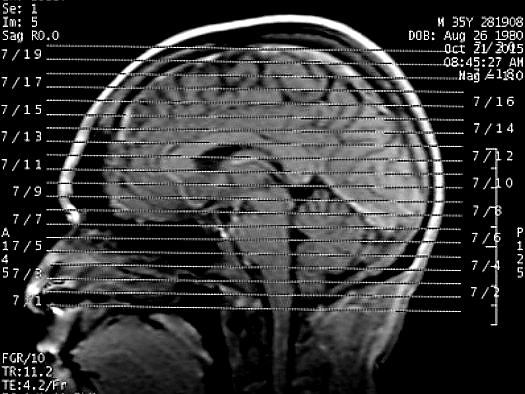 Overcoming Age-Related Brain Diseases |
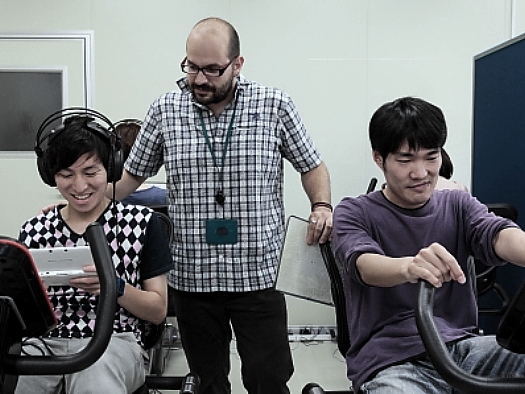 Achieving "Smart Aging" |
Institute Map
Seiryo Campus Map
Access from Sendai Station
◎Subway
Proceed to the subway entrance at the lower ground level of Sendai Station. Get on the train bound for Izumi-Chuo Station. In around 4 minutes, you will arrive Kita-Yobancho Subway Station. IDAC is around 15 minutes on foot after exiting the Kita-Yobancho Subway Station. Subway trains usually operate in 3 to 13 minute intervals.
* Visit Transportation Bureau City of Sendai website for further information.
◎Bus
Proceed to the bus terminal right outside of Sendai Station and head toward bus stop #25. Board the Sendai city bus #899 to Shiheimachi/Kitayama-Jyunkan. Stay on the bus for around 20 minutes, then disembark at the stop labeled "Daigaku-Byoin-Mae". This bus stop is directly in front of the Tohoku University Hospital. Head north for around 5 minutes to reach IDAC. The city buses run in 20 minute intervals.
◎Taxi
From Sendai Station, IDAC is around 10-15 minutes by taxi service, and will cost around 1,500-2,000 yen.
◎Sendai Airprt Transit
Sendai Airport to Sendai Station via Sendai Airport Access Line will take around 30 minutes and costs 660 yen.
* Visit Sendai Airprt Transit website for further information.
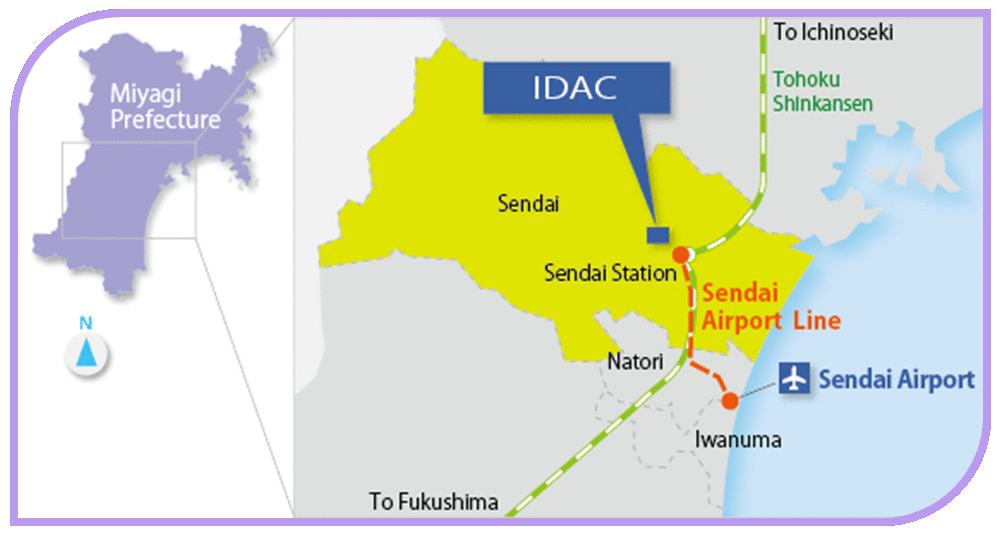
Join us to drive the development of new knowledge and to develop evidence-based solutions for improving the lives of millions.
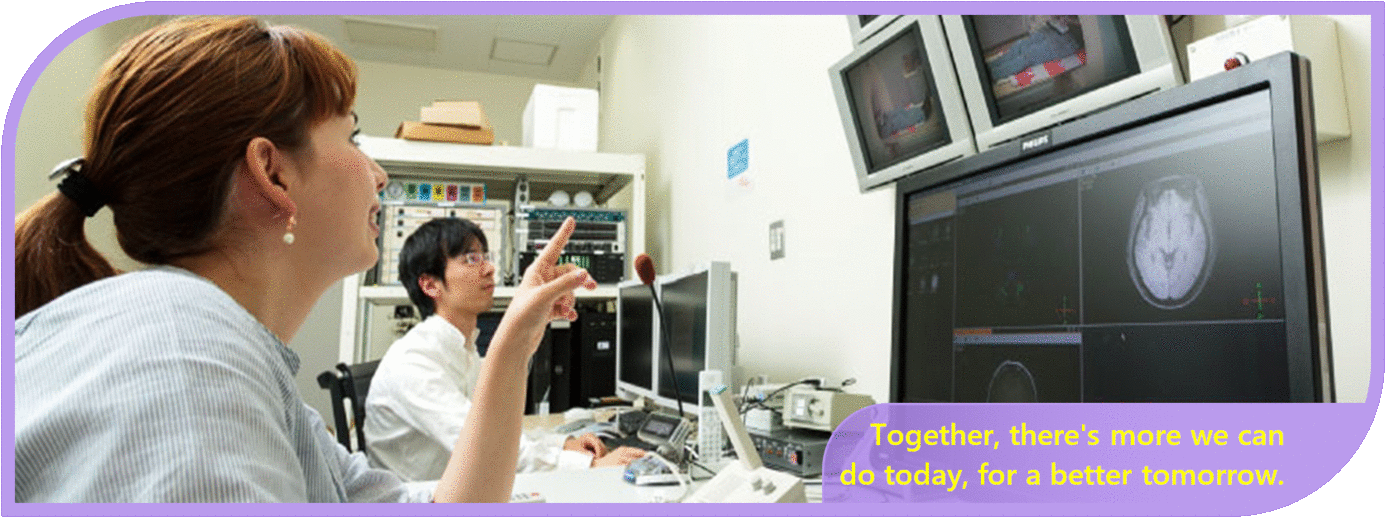
The Institute of Development, Aging and Cancer (IDAC) will always be a place where the best young minds can come to find their life’s work. Help us provide more scholarships and fellowships, and at the same time bring new richness to the student experience: more opportunities to interact with professors, to engage in independent research, to participate in internships, community-focused programs, and to make new innovative discoveries.
We gratefully welcome donations for the purpose of improving and developing academic research and education at IDAC. For online donations, please click on the "Give to IDAC" button below (secure external site) and kindly mention IDAC as the beneficiary. For direct deposit donations, please contact IDAC's Office of Accounting via e-mail and/or phone.
Thank you in advance for your kind consideration and your donation.





Institute of Development, Aging and Cancer, Tohoku University
4-1 Seiryo-machi, Sendai-shi
Aoba-ku, Miyagi-ken, 〒980-8575 Japan
Phone: +(81) 22-717-8443
Tohoku University:
- Frontier Research Institute for Interdisciplinary Sciences (New Area Creation Research Department)
- Data Driven Science and AI Education and Research Center
- Tohoku University Hospital, Department of Neurology
- Tohoku University Hospital, Department of Respiratory Medicine
- Tohoku University Hospital, Department of Ophthalmology
- Tohoku University Hospital, Department of Urology
- Tohoku University Hospital Department of Aging and Geriatrics
- Graduate School of Medicine, Department of Internal Medicine Pathophysiology and Department of Respiratory Medicine
- Graduate School of Agriculture, Natural Products and Life Sciences
- Institute of Multidisciplinary Research for Advanced Materials and Organic Bio-Nano Materials
- Graduate School of Letters, Department of Practical Religious Studies, Death and Life Studies
- Graduate School of International Cultural Studies
- Graduate School of Life Science, Brain and Nervous System
- Graduate School of Agriculture Functional Morphology
- Graduate School of Dentistry, Department of Oral Physiology
- Graduate School of Dentistry, Dentistry Innovation Liaison Center
- Graduate School of Dentistry, Department of Maxillofacial Oral Surgery
- Graduate School of Biomedical Engineering, Kanai-Arakawa Laboratory
- Graduate School of Dentistry, Informatics for Dentistry
- Graduate School of Biomedical Engineering, Oncologist Biomedical Engineering
- Clinical Skills Lab (Postgraduate Training Center)
- Graduate School of Engineering, Department of Materials Systems Engineering, Narishima Laboratory
Other Universities and Institutions within Japan:
- Ochanomizu University Core Research Institute of Natural Sciences
- Tokyo Institute of Technology, Institute of Innovative Research, Nakamura Okada Laboratory
- Akita University, Graduate School of Medicine, Department of Molecular Biochemistry
- Shizuoka University, Faculty of Science, Department of Biological Sciences
- Azabu University, Faculty of Veterinary Medicine, Department of Applied Animal Science, Animal Engineering Laboratory
- Tokai University, Faculty of Oceanography, Department of Fisheries
- Kumamoto University, Graduate School of Life Science Research, Medical Science and Engineering
- University of Tokyo, Graduate School of Agriculture and Life Sciences, Veterinary Hygiene Laboratory
- Tokai University, Department of Biology
- Tohoku Bunka Gakuen University, Faculty of Medical Welfare
- Fujita Medical University, School of Medicine Respiratory Surgery
- National Institute of Advanced Industrial Science and Technology, Human Information Interaction Research Division
- National Center for Geriatrics and Gerontology, Musculoskeletal Disease Research Department
- Miyazaki University, Department of Pathology, Faculty of Medicine
- Yamaguchi University, Graduate School of Medicine Pharmacology
- Kyoto Prefectural University of Medicine, Department of Gastroenterology
- Yamagata University, Graduate School of Medicine, Department of Genetic Information Analysis
- Kinki University, Faculty of Agriculture, Department of Biological Science Function, Animal Development Engineering Laboratory
- National Hospital Organization, Sendai Medical Center, Department of Diagnostic Pathology
- National Institute of Health Sciences, Medical Equipment Department
- Fujita Medical University, Department of Thoracic Surgery
- University of Tsukuba Medical Genetics
- Tokyo Medical and Dental University, Department of Advanced Research, Stem Cell Therapy Laboratory
- Tokyo Metropolitan Institute of Medical Science, Brain and Neural Network Development Project
- Central Institute for Experimental Animals, Marmoset Medical Biology Research Department
- Meiji University, Faculty of Agriculture, Department of Life Science
- Akita University, Graduate School of Medicine, Department of Health Sciences and Department of Physical Therapy
- Tohoku Gakuin University, College of Liberal Arts, Department of Human Sciences
- National Institute of Advanced Industrial Science and Technology, Health and Medical Engineering Research Group, Artificial Organ Research Group
- Fukuoka Dental College, Functional Biochemistry Course, Infectious Biology
- National Cardiovascular Research Center, Molecular Pathology Department
- Shiga University, Data Science AI Innovation Research Promotion Center
- University of Tokyo Hospital, Department of Medical Equipment Management
- Tohoku Medical and Pharmaceutical University, Department of Breast and Endocrine Surgery
- Yamagata University, Graduate School of Medicine, Department of Surgery
- University of Yamanashi, Comprehensive Analytical Experiment Center Resource Development Field
- Nagoya City University, Graduate School of Pharmaceutical Sciences, Sanitary Chemistry
- Hokkaido University, Graduate School of Medicine, Department of Tissue Cytology
- Asahikawa Medical University, Advanced Medical Engineering Research Center
- Osaka Institute of Technology, Faculty of Engineering, Department of Environmental Engineering, Functional Materials Laboratory
- Osaka University, Graduate School of Frontier Biosciences, Mitochondrial Dynamics Laboratory
- Teikyo University Chiba Medical Center, Department of Rehabilitation,
- Ohu University, Faculty of Dentistry, Department of Oral Pathology Analysis and Control Pharmacology
- Kobe University, Biosignal Research Center, Genome Function Control Research Field
- Nagasaki University School of Medicine, Joint Research Center Biomolecular Analysis Support Division
- Aichi Medical University, School of Medicine, Infectious Immunology Course
- Tokyo University of Technology, Applied Biological Science Laboratory, Faculty of Applied Biology
The University of Sheffield, United Kingdom
Toronto General Hospital, Canada
University of British Columbia, Medical Genetics Lorincz Lab, Canada
University of Copenhagen, Denmark